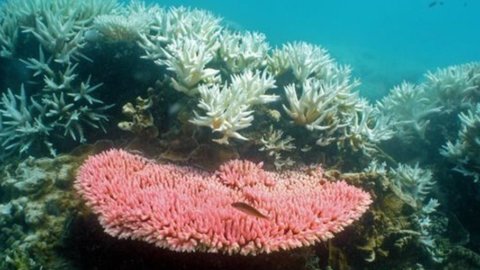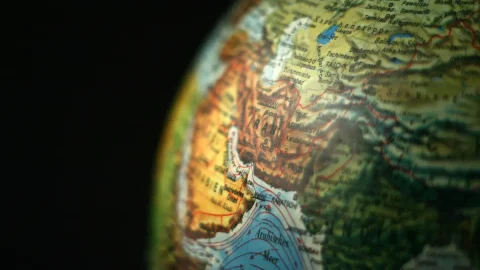As coral reefs across the tropical world are threatened by the greenhouse effect, a large Japanese construction company, Taisei Corp. has used underwater tunnel construction techniques to help rebuild coral reefs in areas of the coral ecosystem threatened by algae and temperature variations.
Off the island of Miyakojima, in the prefecture of Okinawa (the islet is closer to Taiwan than to Japan), the Taipei has dropped 600 concrete blocks, which have attracted larvae of the tiny animals; these have been developing to the point of constituting a colony.
Kazunori Ito, director of Taisei's environmental engineering department, said: "We hope to help recreate these natural resources that would otherwise be lost." To determine the most favorable location for the corals, Taisei used home-developed technology to predict tidal strength based on seabed morphology, wind direction, and other factors.
After hatching from the eggs, the coral larvae are transported by the tides and adhere to rocks or other substances on the seabed up to a 'juvenile' stage, when they reach a size of a few centimetres. The blocks dropped into the locations determined by Taisei's technology had been intentionally 'grooved' so that they resembled rocks.
Attachments: Asahi





